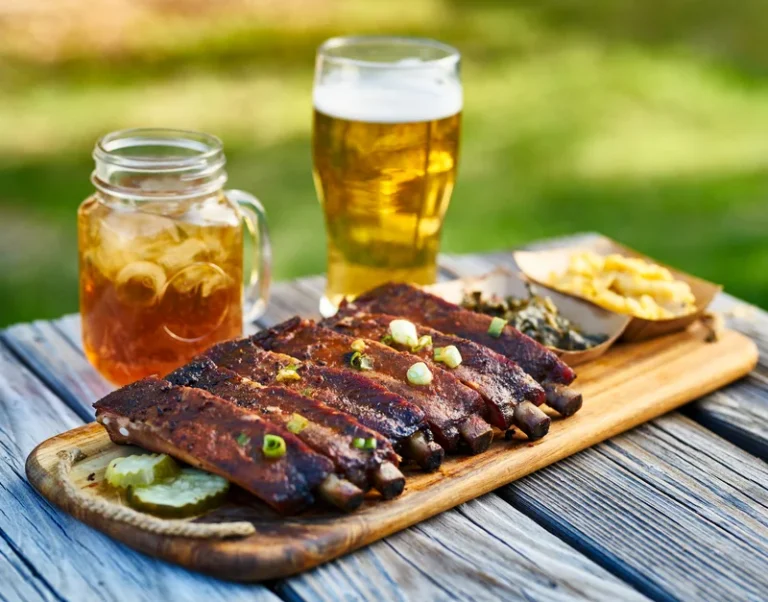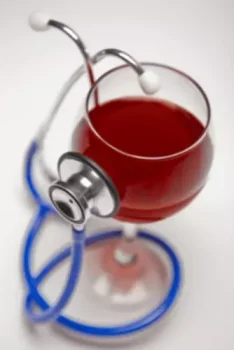
Creswell et al. (2012) tested whether alcohol consumption would differentially promote social bonding in randomly assigned groups varying on DRD4 genotype. Four hundred twenty-two caucasian participants from the Sayette et al. (2012a) group formation project were genotyped for the DRD4 VNTR and, within each condition, participants were grouped by presence or absence of the DRD4 7-repeat allele (see Creswell et al. 2012 for methodological details). Findings provided initial support for a moderating effect of the DRD4 polymorphism on the link between alcohol consumption and social bonding. Persons carrying the 7-repeat allele reported increased perceived social bonding after drinking alcohol, relative to placebo and non-alcohol control beverages, while alcohol did not affect perceived social bonding of 7-absent individuals.
Can someone with alcohol use disorder (AUD) become a social drinker?
As can be seen, none of the moderators (i.e. age group, study quality, and differing solitary drinking definitions) were significant. Although being a social drinker is accepted in society, it’s easy to slip into alcohol dependence over time. If you’re unable to stop drinking on your own, there is help available. Some mental health issues like anxiety and depression can lead to alcoholism. People may use alcohol as a way to numb their emotions or escape from mental health symptoms. Social drinking is often considered “low-risk drinking.” This level of alcohol consumption involves drinking fewer than seven drinks a week and no more than three drinks a day for women.
Types of Behavioral Treatments
In the meantime, it can also have a lot of negative short- and long-term consequences. When social drinking starts to cause some issues in your personal life, or you start to feel a need to start drinking without being in a social setting, it is time to take a closer look. However, it is important social drinking and drinking problem to recognize them as they can reflect an escalation in your drinking pattern. This, in turn, is crucial for early intervention and appropriate support. And so I took a naltrexone and went to a children’s birthday party full of adults I’d never met – in other words, my iteration of hell.
Signs of a Drinking Problem
Part of the challenge in this realm is that researchers have run up against methodological obstacles regarding just what can and cannot be controlled for in a placebo beverage (see Martin & Sayette, 1993). Consideration of alternative (including implicit) approaches to assessing dosage-set may be useful. Moreover, the intersection of placebo deception effectiveness and social processes (placebo contagion effects, conformity, etc.) require examination. Though at first glance participants consuming placebo beverages in our group formation project do not appear to respond in an obviously distinct way when compared to those in our prior studies who consumed placebos while alone, we continue to evaluate this possibility. As noted by Wilson (1982) and Sher (1987), a major objective of TRT research has been to investigate both the underlying mechanisms mediating alcohol’s effects on emotion and the conditions under which alcohol is reinforcing, including understanding in whom the effects are most pronounced. Several mediators have been proposed to explain alcohol’s effects on emotion, including some that stem directly from the various models discussed earlier when addressing TRT (see Sayette et al., 2016 for elaboration).
You may be able to better compare your options by assessing whether and how the program or provider measures success. The three-step road map outlined in the NIAAA Alcohol Treatment Navigator offers expert guidance to focus and support your efforts. Learn how to find higher quality, science-backed alcohol treatment to raise your changes for success.
- From ancient Greece to early colonial settlers in America, wine, beer and other alcoholic beverages can create friendships and connections with others.
- For instance, tension-reducing expectancies are more likely to be endorsed while blood alcohol levels are at peak than while they are dropping (Kushner et al., 2000).
- While solitary drinking appears to be a risky drinking pattern for adolescents and young adults, no prior studies have meta-analyzed results across studies.
- Severity is based on the number of criteria a person meets based on their symptoms—mild (2–3 criteria), moderate (4–5 criteria), or severe (6 or more criteria).
- The context in which drinking occurs is a critical but relatively understudied factor in alcohol use disorder (AUD) etiology.
For instance, men seemed more relaxed if they believed their female partner had been drinking alcohol than if he thought she were sober (Wilson, Perold, & Abrams, 1981). This focus on social paradigms was consistent with a tenet of social learning theory positing that the effects of alcohol varied as a function of the context in which it was consumed. https://ecosoberhouse.com/ If you feel as though your social drinking or that of a loved one has lead to alcohol abuse, treatment is available. At Gateway, our evidence-based alcohol addiction programs offer hope and healing. If you would like to learn more, we invite you to contact us today. Definitions and measures of solitary drinking varied across studies (see Table 2).

Social Drinkers, Problem Drinkers and Alcoholics
I turned down the first few offers of a boozy beverage because I genuinely didn’t feel like one, but later I accepted a glass of wine. Perhaps it was the placebo effect of having that familiar, cold prop in my hand, or the alcohol’s central nervous system depressant effect, which the drug doesn’t block. It works on people who would simply like to cut down a little, all the way across the spectrum to full-blown addicts. This is, as I mentioned before, essentially the Ozempic for problem drinkers, and hardly anyone knows about it. You don’t have to be homeless and drinking out of a brown paper bag to be an alcoholic.

- If your family or friends have tried to help, but you’ve ignored their pleas, it’s time to listen and do what’s best for your life and future.
- This is of particular concern when you’re taking certain medications that also depress the brain’s function.
- Cognitive-behavioral therapists can focus on a drinker’s alcohol expectancies (Darkes & Goldman, 1998) and his or her ability to cope with daily stressors.
- Clinically, knowing more about an individual’s pattern of social and solitary drinking would aid in understanding the purposes that drinking serves, which is useful for identifying alternative reinforcement options to target in treatment (Creswell et al., 2020).
Curtin and colleagues proposed that alcohol’s effects on negative affective states are not uniform. In particular, they made differential claims regarding the impact of alcohol on fear versus anxiety (Moberg & Curtin, 2009). Their research using an electric shock stimulus indicates that alcohol may reduce anxiety (when outcomes are unpredictable) but not fear (when outcomes are predictable). The appraisal-disruption model accommodates many of the apparently contradictory findings reported in past investigations (Sayette, 1993a).
- Fairbairn et al. conducted tests examining the moderating impact of gender on alcohol’s socially rewarding effects using both acoustical and facial expression measures.
- In sum, the attention-allocation model has inspired multiple replications of the core finding that in the presence of concurrent distraction, a moderate dose of alcohol will reduce self-reported anxiety.
- Many people struggle with controlling their drinking at some point in their lives.
- Additional complications may include grand mal seizures, heart attacks, and strokes.
Understanding Your Recovery Journey: The Fentanyl Withdrawal Timeline

Novel approaches to the analysis of psychophysiological data have benefitted this field (e.g., Sher et al., 2007). More generally, advances in the psychophysiological, neurobiological, and neurogenetic assessment of emotion will continue to help develop the next generation of theories of alcohol and emotion (Curtin & Lang, 2007). Much experimental research examining the moderating influence of personality on the effects of alcohol has tested social drinking participants in isolation (e.g., Sayette et al., 2001b; though see; Sher & Walitzer, 1986).
“Isn’t taking medications just trading one addiction for another?”
These types of intensive longitudinal designs would be particularly useful with adolescent populations who are not legally permitted to drink alcohol in experimental lab settings. It is interesting to note that while drinking to cope seems to be the primary motivation for solitary drinking among adolescents and young adults, drinking alone may not be effective in ameliorating NA. For instance, in laboratory studies, young adults reported increased NA and decreased PA in solitary versus social drinking contexts [59–61,72–74]. It will be important to replicate these laboratory findings in samples that include only solitary drinkers, however, as drinking alone in these laboratory studies might be an aversive experience for social-only drinkers. It is noteworthy that solitary drinking dampened the pleasurable effects of alcohol in ecological momentary assessment (EMA) studies among individuals who chose to drink alone [75,76]. If future studies corroborate this, the findings could have important treatment implications.

